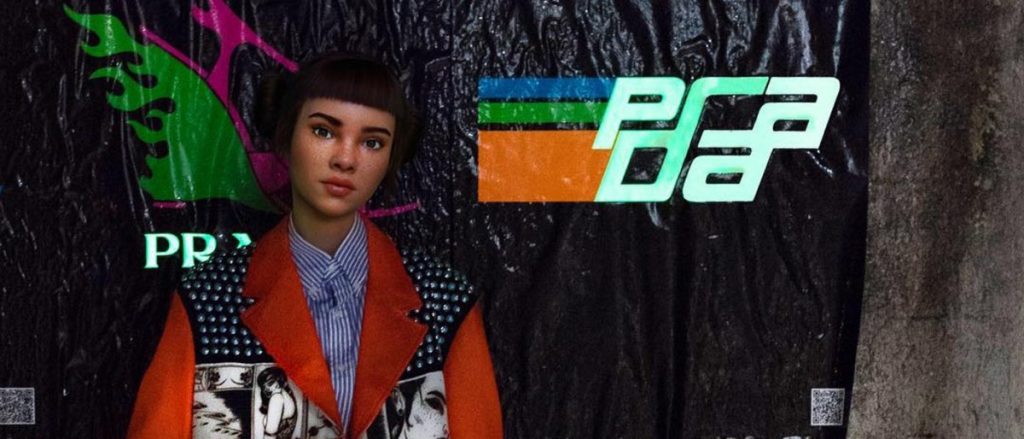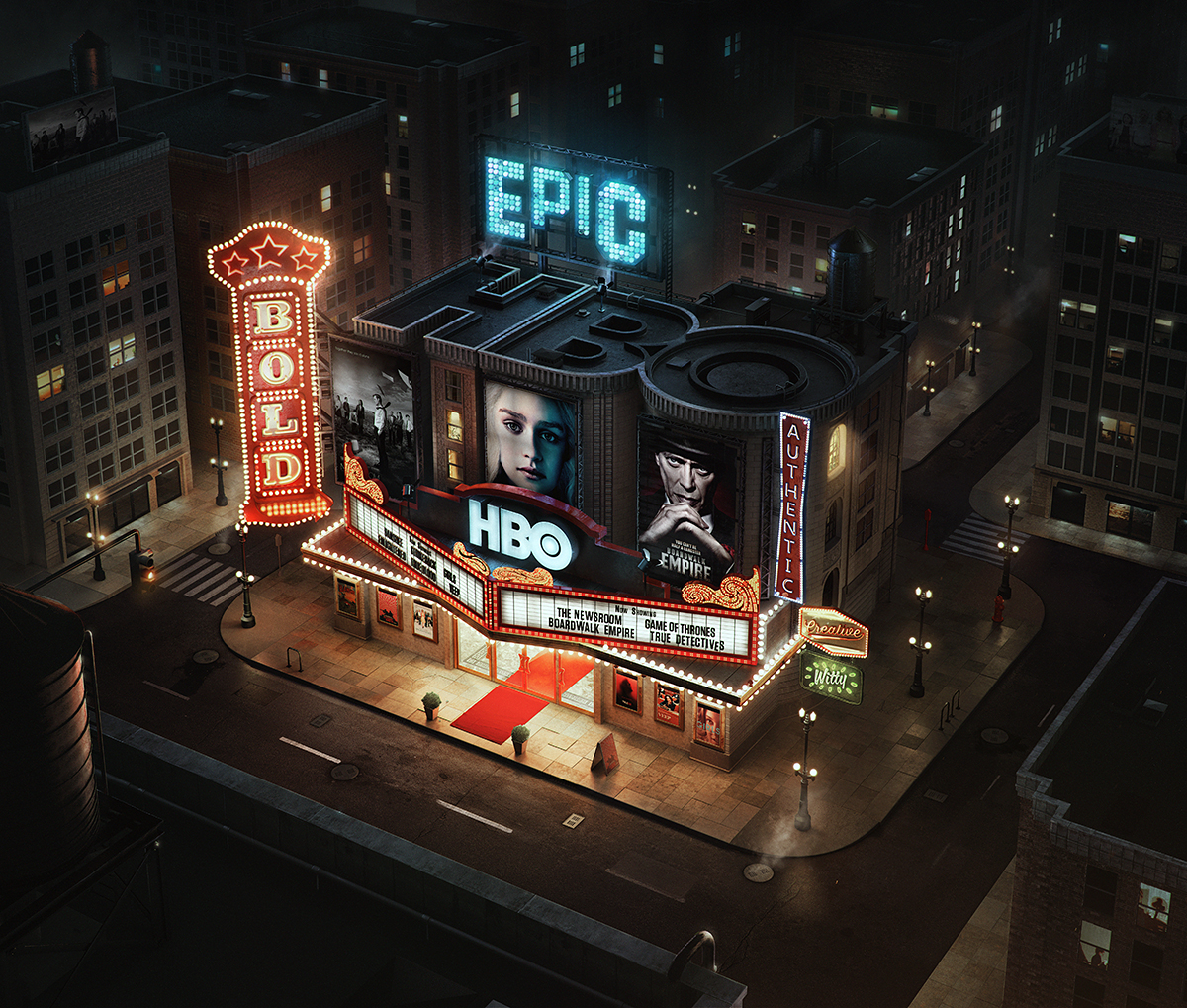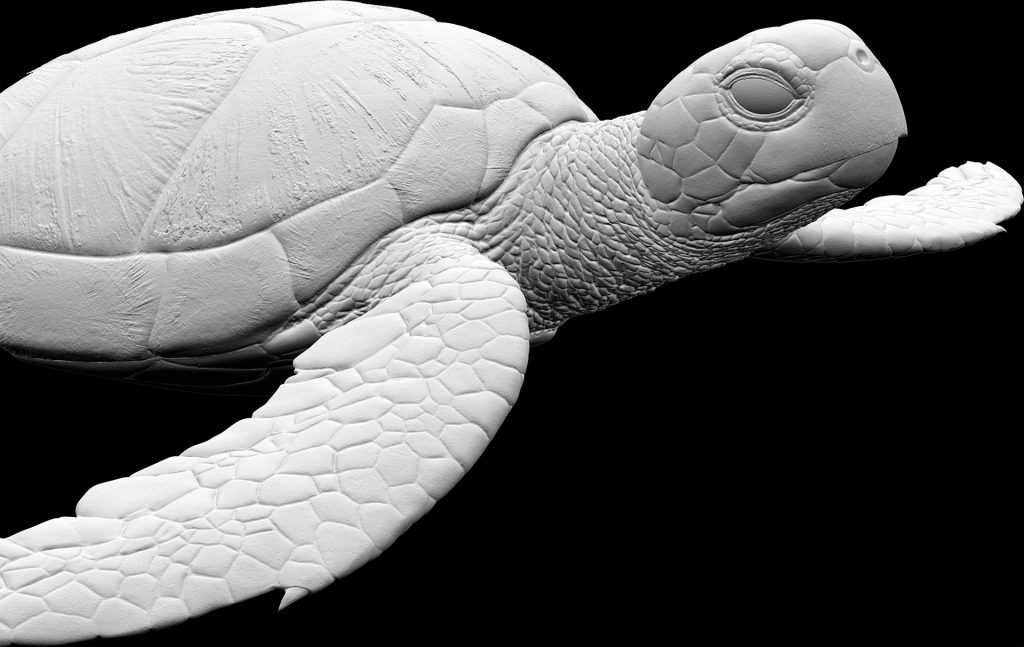
video: https://www.youtube.com/watch?v=w1wjiQ0bqic
Miquela Sousa, better known as Lil Miquela machuca, is a fictional character and digital art project. Miquela is an Instagram model and music artist claiming to be from Downey, California. The project began in 2016 as an Instagram profile. By April 2018, the account had amassed more than a million followers by portraying the lifestyle of an Instagram it-girl over social media. The account also details a fictional narrative which presents Miquela as a sentient robot in conflict with other digital projects. The team engaged artificial intelligent 3D graphic while creating and modeling this figure to Make it ultra realistic. Now, the project set a new trend for fashion field to start using fictional computational generated model for their campaign and lookbook. This is also the sign of the overlaps between technology and fashion.
![[OLD FALL 2019] 15-104 • Introduction to Computing for Creative Practice](../../../../wp-content/uploads/2020/08/stop-banner.png)















